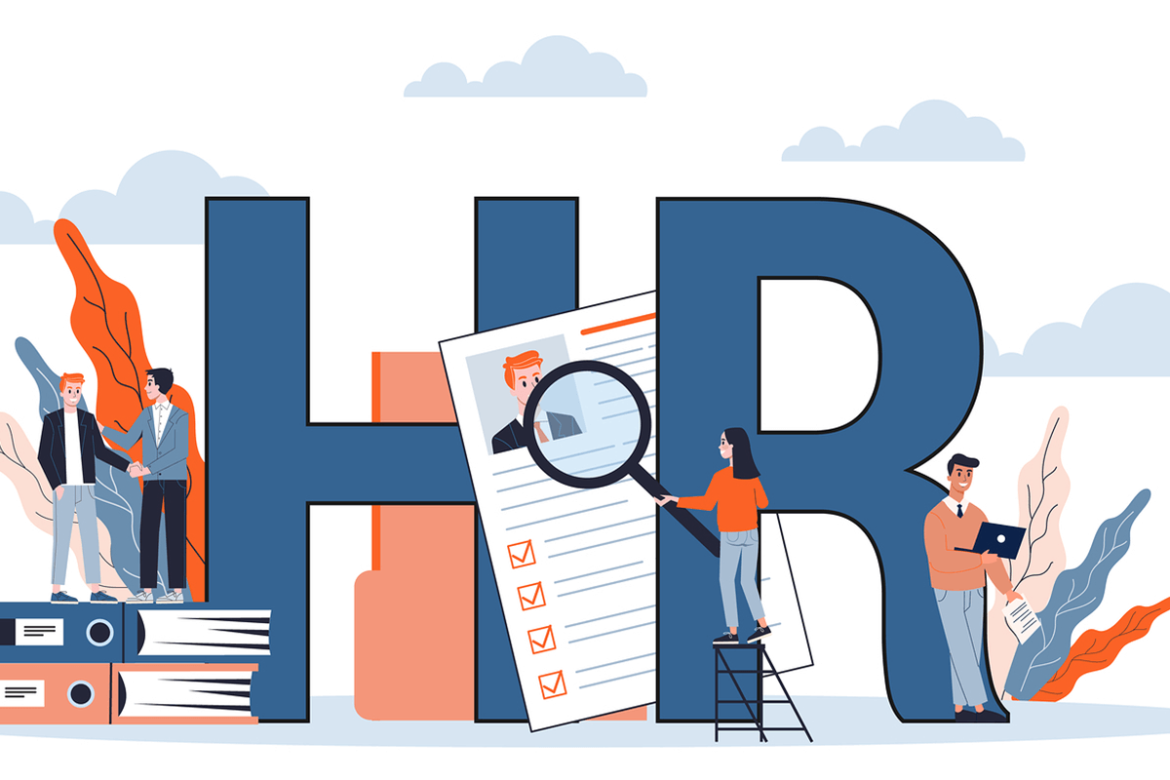Developing a successful HR communication strategy is crucial for ensuring effective communication between the HR department and employees. Here are some steps to develop an effective HR communication strategy:
- Define your communication objectives: Start by identifying your HR communication objectives. What do you want to achieve through your communication efforts? Common objectives may include improving employee engagement, increasing awareness of HR policies and procedures, promoting a positive company culture, or enhancing employee understanding of benefits and development opportunities.
- Identify your target audience: Determine who your primary target audience is for each communication objective. This could be all employees, specific departments, or particular employee segments. Tailoring your messages to specific groups will help ensure relevancy and engagement.
- Choose appropriate communication channels: Consider the various communication channels available to you and select the ones that best suit your objectives and target audience. Common channels include email, intranet portals, employee newsletters, bulletin boards, social media platforms, and employee meetings. A mix of channels is often effective to reach a wider audience.
- Develop a consistent tone and messaging: Establish a consistent tone and messaging for your HR communications. This helps create a cohesive and recognizable brand for your HR department. Use clear, concise language that is easily understood by employees, avoiding jargon or technical terms whenever possible.
- Utilize multiple communication formats: Different people respond to different communication formats. To maximize engagement, incorporate various formats such as written articles, videos, infographics, podcasts, and webinars. This variety will cater to different learning styles and preferences.
- Ensure two-way communication: Communication should be a two-way process. Encourage feedback, questions, and suggestions from employees. Provide channels for employees to share their thoughts, such as suggestion boxes, dedicated email addresses, or feedback surveys. Actively listen and respond to employee concerns and suggestions.
- Consider timing and frequency: Plan your communication schedule carefully. Ensure messages are delivered at appropriate times and frequency. For example, announcing important policy changes well in advance allows employees to prepare, while regular updates on ongoing initiatives maintain engagement and transparency.
- Tailor messages to employee needs: Understand the needs and concerns of your employees and tailor your messages accordingly. Consider demographics, job roles, and individual preferences when crafting your communications. Addressing specific pain points and providing relevant information will make your messages more impactful.
- Train HR personnel on effective communication: Equip HR personnel with the necessary skills to communicate effectively. Provide training on active listening, empathy, and clear communication techniques. Well-trained HR professionals will be more effective in addressing employee queries and concerns.
- Evaluate and refine your strategy: Continuously evaluate the effectiveness of your HR communication strategy. Monitor key metrics such as employee engagement, feedback response rates, and communication channel analytics. Collect feedback from employees and make necessary adjustments to improve the strategy over time.
Remember, a successful HR communication strategy requires consistency, transparency, and genuine engagement with employees. By implementing these steps and adapting them to your organization’s specific needs, you can develop a communication strategy that fosters a positive and informed workforce.
Became a Certified HR Professional. Join Next Innovation Asia, The best HR Training Institute in chennai, we offering Practical HR Courses with Assured Job Support.
Join us to grow your career in HR Domain

